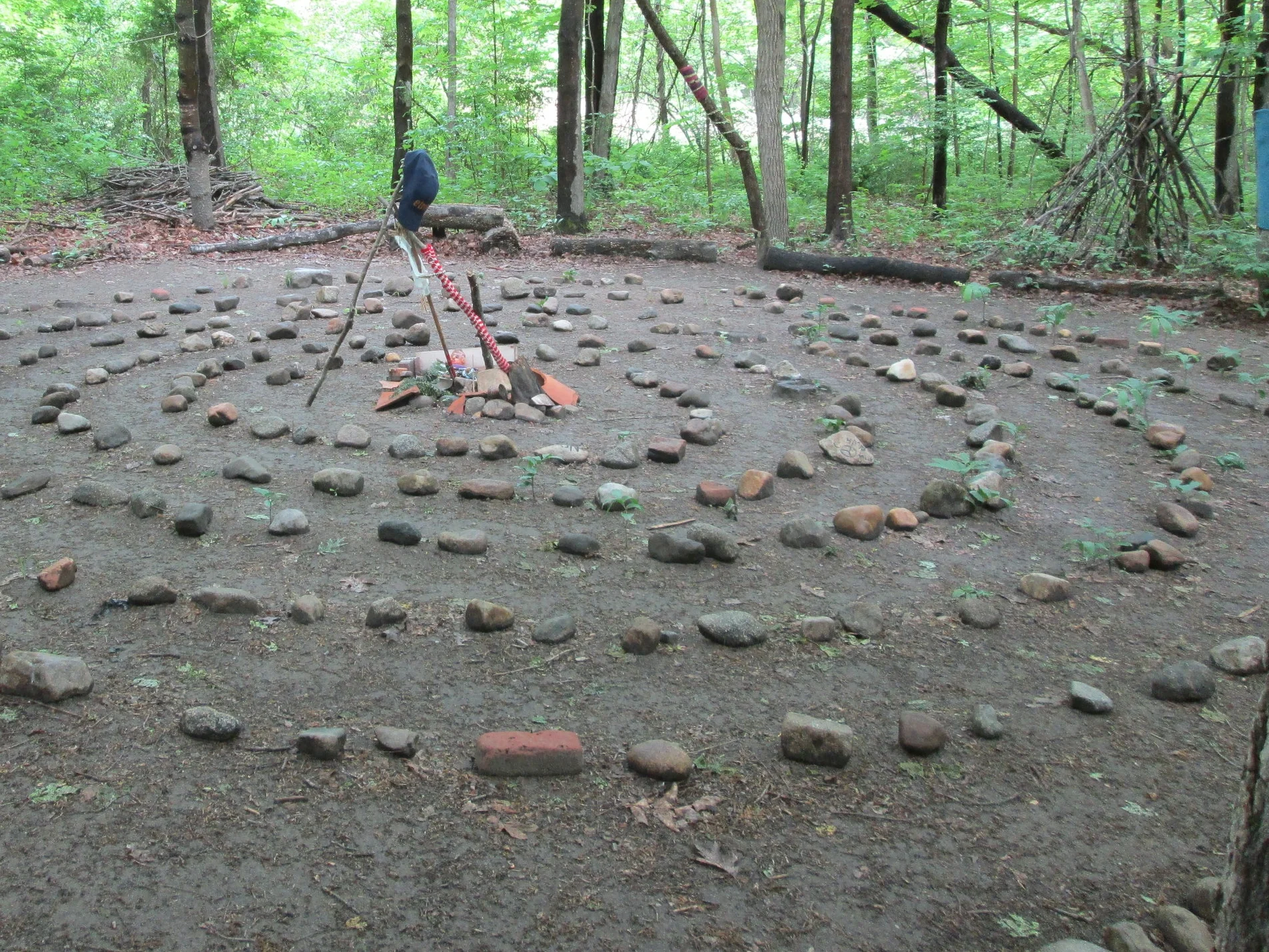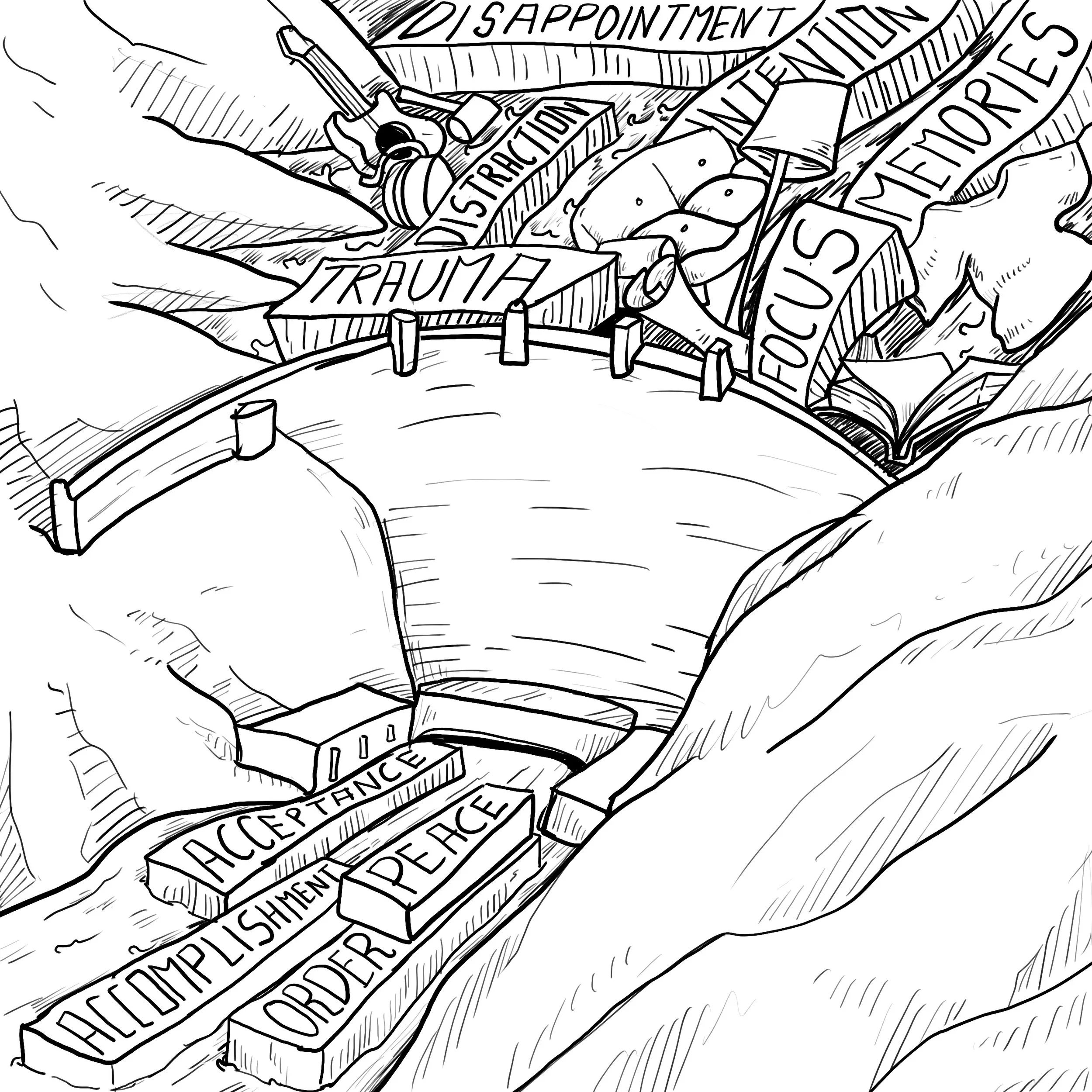Moving Month
/It’s moving month! In the last five weeks I have emptied my mother-in-law’s home of over fifty years and moved my daughter Corrie from one apartment in Atlanta to another. As I write, I am sitting in her sunroom, enjoying the song of birds.
The first move comes as Bettye’s life gracefully approaches conclusion, and the second as Corrie’s adulthood opens wide. This morning I am drinking coffee at Corrie’s out of a cup that came from Bettye’s. I’m looking at a rocking chair given to Corrie by my sister, and across the living room see the table and chairs that Abbie bought from Craigslist for her first apartment. I have texted Bud that the sunroom will benefit from the end table we no longer need since we are using one from his childhood home.
A few things are confirmed that I have told clients previously:
1. Moves are about the present. Not everything that was meaningful or specifically useful needs to be kept, but it can be appreciated, blessed, and put aside. Unless the move is temporary by design (i.e., into an apartment until the new house is ready), keep only what fits your lifestyle and space today.
2. A fifteen-foot rental truck loaded by professionals saves time, relationships and sanity. On a hot day, offering the movers a glass of ice water lets them know you realize how hard they are working. Unloading by a professional on a rainy day is also welcome! (Thank you Daequin! You were amazing.)
3. Cheap packing tape is a bad idea. (The strong paper tape from U-Haul was in my Prius in Nashville, not the Pilot in Atlanta!) However, all but one of the boxes held.
4. The right size box, ideally with handles, makes packing the house and the truck better. (Not every box can say “Do not stack”!)
5. Let the people at the moving company know you have come in to check out their free box bin. If it is empty, they probably know if there are three boxes of boxes waiting to be given away in the loading area.
6. Even though the older generation is downsizing and the younger is upsizing, it is not a given that the furniture will be moved from the grandmother’s to the granddaughter’s home. However, when this works, great!
7. When the move is over and the dust settles, a really sweet note from daughter to mother is very much appreciated.
All told, it is a joy to be part of the moving that comes with life transitions, whether as a family member or as an organizer.



